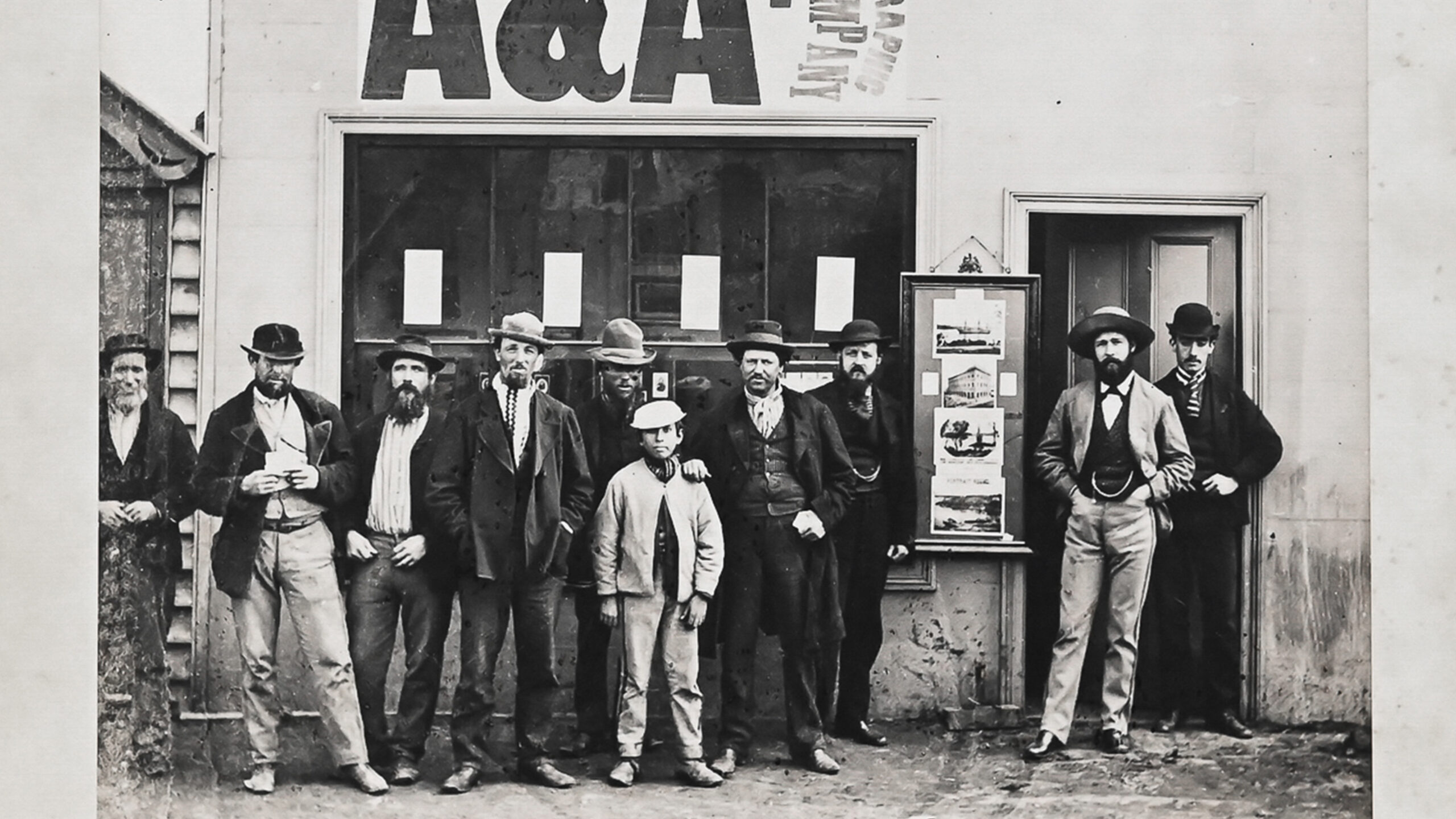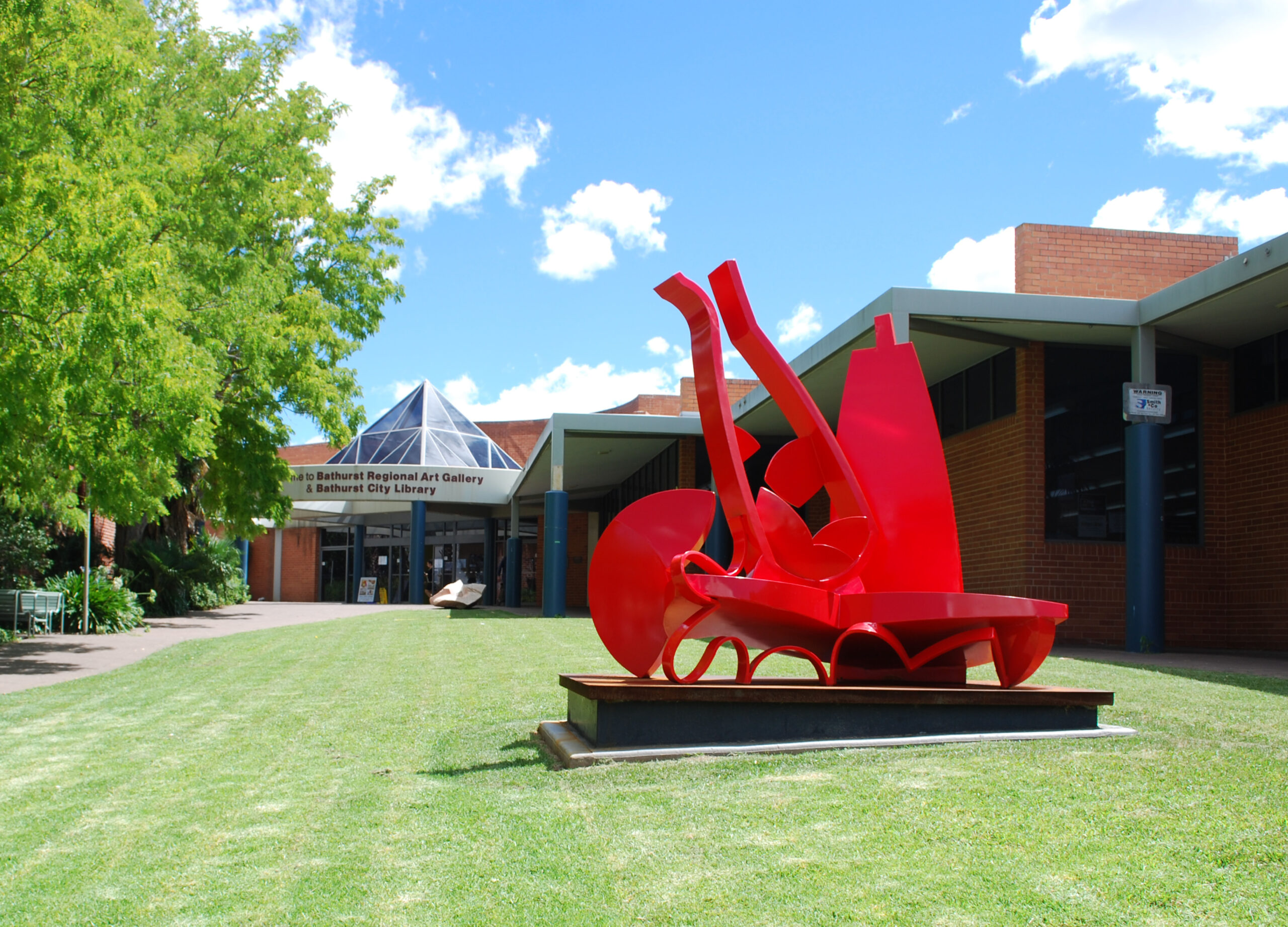From Doorsteps to Skylines
Charles Bayliss and Beaufoy Merlin Create a National Treasure
A chance encounter with a travelling photographer changed the course of young Charles Bayliss’s life in 1866. He was sixteen years old and living in suburban Melbourne when Beaufoy Merlin knocked on the door and asked to photograph the family home.
The entrepreneurial Merlin had started a business documenting the buildings and houses of the rapidly growing towns of Victoria. With a keen eye on the future, Merlin saw that photographs would be of huge value to realtors, investors and insurance agents to use for marketing and business purposes as ‘a novel means of social and commercial intercourse.’
Merlin gave his business the important-sounding name of the American and Australian Photographic Company and, with a horse and cart equipped with photographic equipment and Charles Bayliss as his apprentice, proceeded to photograph the towns of NSW.
In March 1872, they made their way to the gold fields of Hill End. There, on land in Tambaroora St leased from the equally entrepreneurial and fabulously wealthy gold miner B O Holtermann, they set up shop.
Merlin and Bayliss took studio portraits as well as a comprehensive photographic survey of every building – and a fair few inhabitants – of the town. The incredible detail of the glass plate negatives is a unique record of life and businesses on the goldfields, allowing us to see the labels on bottles in shop windows, the typography of posters and the individual features of faces.
Seeing the potential of photography to advertise life in the colonies and attract new migrants, Holtermann commissioned a photographic gallery of Australia that would be shown to the world as ‘Holtermann’s International Travelling Exposition.’ When Merlin died of pnuemonia in September 1873, Bayliss carried on with the commission.
In 1875 he accomplished a truly remarkable feat of photography – a giant panorama of the city of Sydney taken on the largest wet plates ever produced in the nineteenth century. Bayliss died in Sydney in 1897. The collection of 3500 negatives Bayliss and Merlin made have since become a national treasure and were registered on the UNESCO Australian Memory of the World in 2013.





